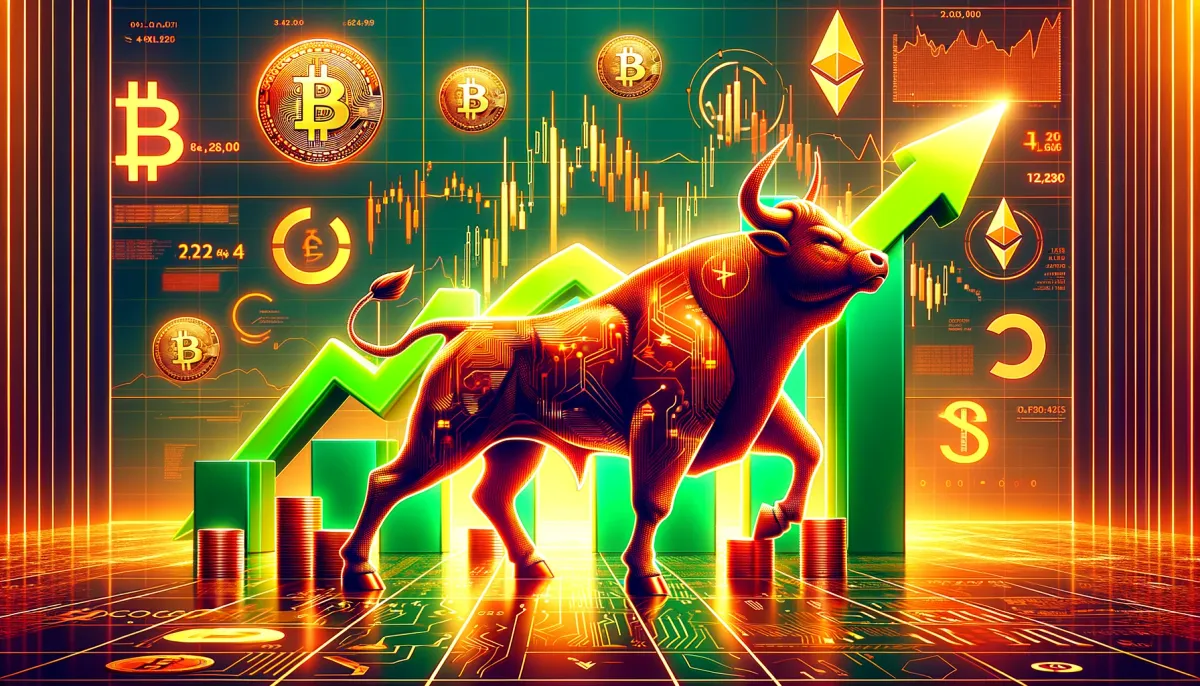Why are rate cuts usually bullish

Think of rate cuts like a sale at your favorite store! When central banks "cut rates," they make borrowing money cheaper for everyone—just like when a store lowers prices, making it easier for people to buy more stuff. Businesses can take out loans at a discount, people can buy homes or cars with lower interest rates, and everyone has more cash to spend. That extra spending helps the economy grow, which often makes investors excited and drives stock prices up. This of course may also drive inflationary pressures.

Here's an overview of why.
- Lower borrowing costs: When central banks cut interest rates, it becomes cheaper for businesses and consumers to borrow money. This encourages investment and spending, which can drive economic growth and boost corporate profits.
- Increased consumer spending: With lower interest rates, consumers are more likely to take out loans for large purchases like homes or cars, or to spend more generally, which fuels demand for goods and services.
- Improved corporate profitability: Companies benefit from lower borrowing costs, which can lead to increased investment in expansion, innovation, or hiring. Higher profits generally result in rising stock prices.
- Higher asset prices: Lower interest rates tend to make bonds and savings accounts less attractive as investment options. As a result, investors may shift their capital into stocks or other higher-yielding assets, driving up prices.
- Market sentiment: Rate cuts often signal that the central bank is committed to supporting the economy. This can increase investor confidence, leading to a more bullish market outlook.
Overall, rate cuts can create a favorable environment for economic growth, which is why they are seen as bullish for markets. However, the broader context, such as economic conditions and the reasons for the rate cuts, also matters.
But don’t get over excited and go long everything, we will talk in the next post on how rate cuts can also be bearish and not just any bearish, they can be literally the starts of big market crashes in 2007/2008 and right before the .com bubble.
Comments ()